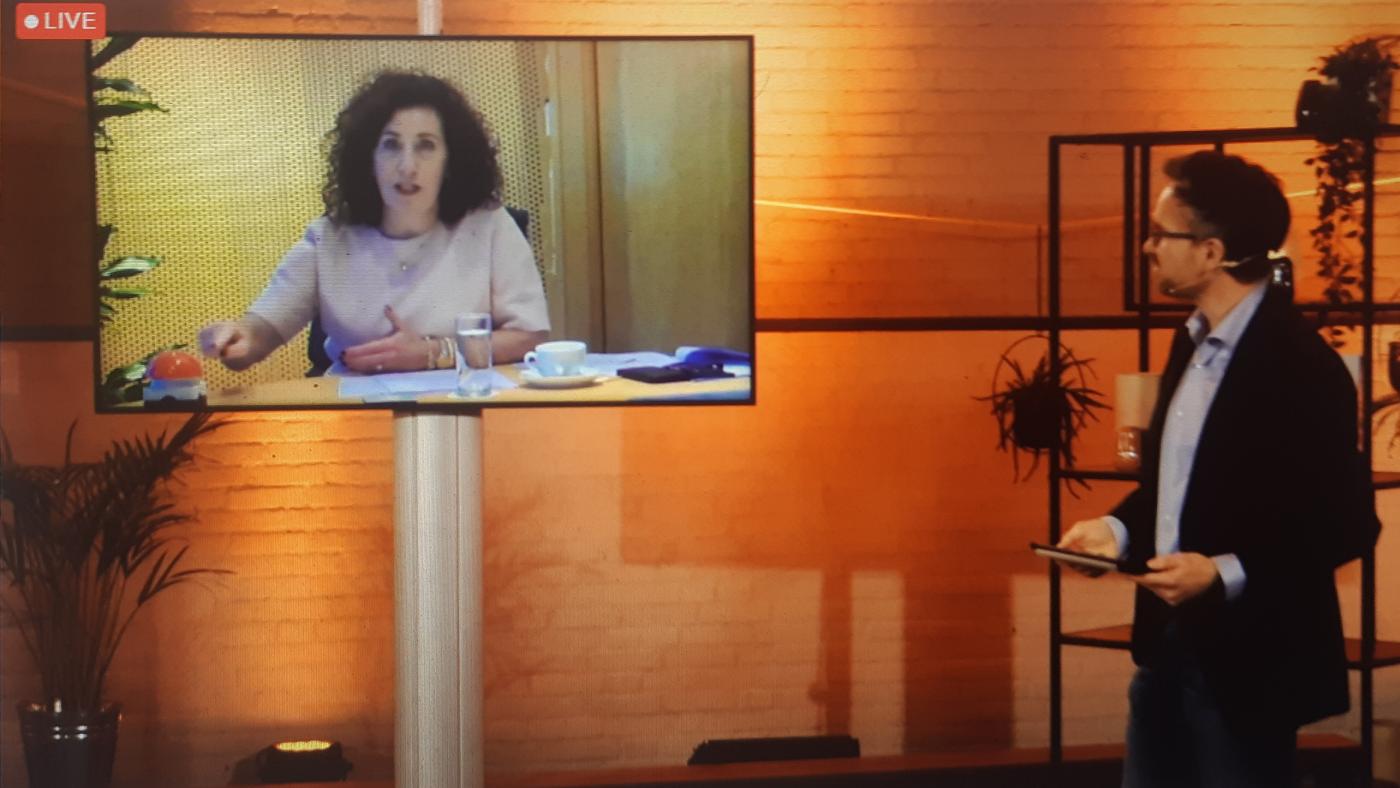Minister kicks off alliance between UU, UMCU, Eindhoven, and Wageningen

It’s difficult to announce large-scale initiatives amidst a pandemic, but the three universities and the university hospital did their best to put together a special digital event in which scientists explained how they intend to give shape to the collaboration. UMCU will contribute with its medical practice, Eindhoven with its technology, UU with life sciences, and Wageningen with its expertise on healthy food. One of the projects in the pipeline aims to increase the average life expectancy in the Netherlands by five years.
Asked by a student reporter about the benefits of the alliance for students, the deans and rectors explained that they are looking for a new, partly digital learning environment where students from different programmes can tackle the climate crisis together. This is an area for which the expertise of the four institutions will come in handy. Air pollution, healthy lifestyles, technological developments, ethics and nudging were mentioned as some of the important topics to address in their quest to create a healthier living environment.
Octopus Network
The representatives of the four institutions radiated enthusiasm. "We are going to set up a new way to do research together, combining the expertise of each university ", said Wageningen professor Huub Rijnaarts. One of the ways in which they plan to achieve this goal is by bringing young scientists together in a network called Octopus.
“We missed a call from the board with an urgent request", recollected Jessica Duncan of the Young Academy of Wageningen. "At first we panicked, but it turned out to be about the young academies collaborating with the four institutions.”
Why Octopus? Well, the octopus’ tentacles represent all the disciplines studied by the young researchers who will join forces in a Centre for Unusual Collaborations. "We will learn by doing and by looking at subjects from different perspectives", explained UU historian Martine Veldhuizen.
By bringing its Young Academies together, the four institutions intend to shape the alliance from the bottom up.
City of the future
"I think it’s very positive that this alliance focuses on young talent", celebrated the Minister. "By bringing together people from unexpected groups, we will get unexpected solutions.” She added that she wants to encourage more universities to engage in this type of cooperation, as the initiative "dovetails seamlessly” with her strategic policy letter for higher education.
However, the Minister warned that the collaboration will not happen by itself: there will be obstacles to overcome. For example, the teachers noted that they will have to do their best to understand each other's language. Every discipline has its own concepts and jargon, which are not always clear to outsiders. Overcoming (physical) distances will also be a challenge. "But it’s an incentive to develop education further," said Sanne de Jong of the UMCU.
The lecturers present manifested their excitement about working with students from various disciplines on concrete challenges. For instance, Karin Rebel from UU mentioned a project to develop the city of the future with students.
Investments
All four institutions will invest heavily in this cooperation. They are setting up a fund to finance the alliance for the next four to eight years, with each institution contributing with 1.5 million euro yearly, which means 48 million euro in total considering eight years. They hope this amount to be doubled thanks to external contributions from the municipality, the province, the state, or the EU. So far, UU has committed to giving 8 million euro to the first four years of the alliance.
The project was supposed to be announced in March, but the launch had to be put on hold because of the coronavirus outbreak. The question is whether the cooperation can really get off the ground this time as UU, TU/e and UMCU have been working together for years, but the results are yet to be seen. With last week's presentation, the four institutions indicated their willingness to increase the visibility of their joint efforts by giving researchers, lecturers, and students the opportunity to talk about their shared research questions.